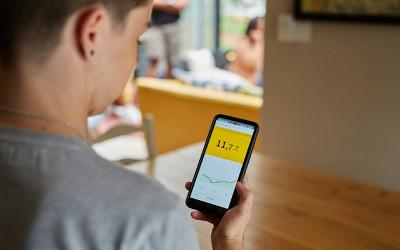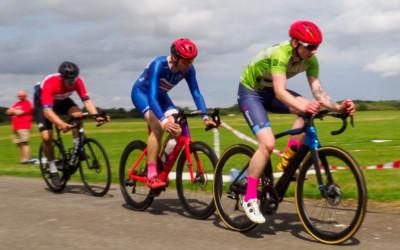OU research calls for further exploration of assistance technologies

Researchers are calling for further exploration of remote sensing technologies designed to support the independence of older adults in their daily activities.
OU researchers, Ms Ki Tong, Honorary Associate and Dr Jitka Vseteckova in the OU’s Faculty of Wellbeing, Education and Language Studies, and Keith Attenborough, Emeritus Professor in the Faculty of Science, Technology, Engineering and Mathematics, are lead authors on a paper: Acceptability of Remote Monitoring in Assisted Living/Smart Homes in the United Kingdom and Associated Use of Sounds and Vibrations - A Systematic Review, which has been published in Applied Sciences.
The paper describes a systematic review of the acceptability of assisted living or smart homes in the United Kingdom and the simultaneous use of sounds and vibrations in remote monitoring of assisted living or smart homes.
Main findings of the research
Firstly, there is the concern of stigma and social perception concerning the appearance of sensors. Users are concerned that people would reflect on them negatively if these sensors are visible and easily spotted indoors. So users might be considered incompetent and dependent on support. Therefore, making these sensors less visible and more empathetic to the interior environment might encourage adoption.
Secondly, the majority of the findings are based on qualitative (non-numeric quantifiable) responses. There appears a lack of quantitative measurements assessing the perceived efficacy or effectiveness of monitoring devices. The absence of evidence to inform users of their potentially positive impact so to convince them to adopt the technology. More research effort providing measurable impacts is warranted.
Thirdly, acoustic and vibration-based sensing technologies are two of the common remote-sensing technologies but have received less attention in comparison to video-based sensing and wearables. Only one article in this regard is based in the UK, demonstrating a shortage of research in this area. Besides, sensors tend to use either acoustic or vibration-based technologies. However, only two papers identified in the review examined the use of both simultaneously and even then, did not explore the benefits of their combined use. Therefore, more research examining the simultaneous use of both technologies is called for.
Commenting on the results of the research and potential next steps, Dr Tong said:
"Based on the research gaps identified, one direction is to perhaps look at the acceptability of remote sensing technologies using more quantitative measurements.
“The other is to examine adaptations that sensors could improve in appearance to avoid adverse social perceptions and stigma. Most importantly, developing technologies that make use of both acoustic and vibration sensors would aid in improving the accuracy of sensing technologies available in the market.”
Contact our news team
For all out of hours enquiries, please telephone +44 (0)7901 515891
Contact detailsNews & articles

OU study: Transplant athletes match elite performance
A new study led by The Open University’s Professor Bart Rienties, and to be published in Progress in Transplantation in December, reveals that high-intensity transplant athletes can not only meet but greatly exceed existing physical activity guidelines.